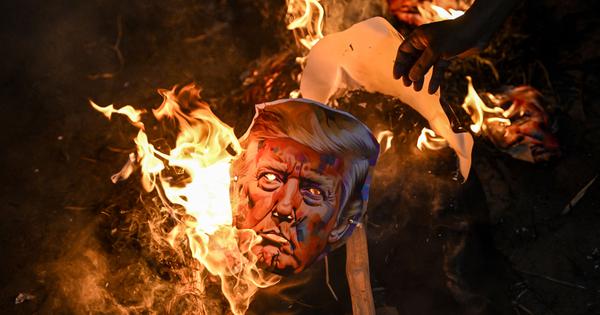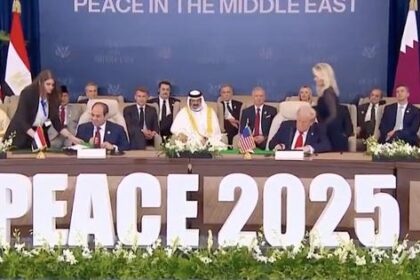As global power dynamics change, India seeks to redefine its international relationships and strategic autonomy.
The American empire is experiencing a noticeable decline, accompanied by heightened threat perceptions. This shift is examined in a new book by a professor of applied ethics, who reflects on the conflicts surrounding cooperation and the implications for global politics.
Recent events indicate a downturn in India-US relations, which has caused concern among Indian strategic elites and some American foreign policy experts. They contend that years of efforts to strengthen ties between the two nations have been undermined by US President Donald Trump’s approach, which has included punitive tariffs and derogatory comments about India’s economy. Trump’s Trade Councillor Peter Navarro has criticized India, alleging it is engaging in a ‘double game’ and accusing the country of cheating the US on trade.
In response to these challenges, India has signaled its commitment to strategic autonomy. The country intends to continue purchasing Russian oil, diversify its trade and security relations, and enhance its interactions with China. Despite these moves, India remains engaged in negotiations with the US to address trade tariffs.
The opportunity for India to redefine its foreign policy has arrived sooner than anticipated, particularly highlighted by the recent meeting between China’s President Xi Jinping, India’s Prime Minister Narendra Modi, and Russia’s President Vladimir Putin at the Shanghai Cooperation Organization Summit. This gathering demonstrated a shift in power dynamics, emphasizing a ‘Pivot to Asia’ that does not include American influence.
The bilateral meeting between Xi and Modi indicates a resetting of Sino-Indian relations, which, while facing significant challenges, reflects a positive trend. Similarly, the discussions between Modi and Putin suggest an acceleration in Russia-India relations, especially with Russia opening its market to Indian agricultural exports.
This evolving landscape is not an abrupt change but rather a continuation of discussions between India and China regarding their boundary issues, culminating in a 10-point consensus. The pace of this rapprochement has been hastened by Trump’s actions, raising critical questions about India’s ability to navigate tariffs and insults from the US.
The current focus on the Shanghai Cooperation Organization, a regional forum established in 2001, highlights the significant shift from a unipolar world dominated by the US to a multipolar global order. This transition has emerged in the context of the US’s comparative decline, with the international system increasingly favoring multiple centers of power.
The unipolar system that arose following the Soviet Union’s disintegration in 1991 allowed the US to exert considerable influence in global politics. Throughout this period, the US engaged in numerous military interventions and expanded NATO significantly, while also restructuring the international economic system through institutions like the World Bank and the International Monetary Fund.
However, the rise of China and the stabilization of Russia pose new challenges to US hegemony. The emergence of the BRICS platform, which includes Brazil, Russia, India, China, and South Africa, further complicates the landscape as these nations seek to enhance their economic ties and trade in local currencies.
In light of these developments, the US finds itself in a position where it must reevaluate its relationship with India. Although negotiations between India and the US will persist, America will need to recognize India’s strategic autonomy and its multifaceted foreign policy approach. India may consider reducing certain tariffs or making concessions to the US, but the reset in bilateral relations reflects a deeper shift in trust and engagement.








